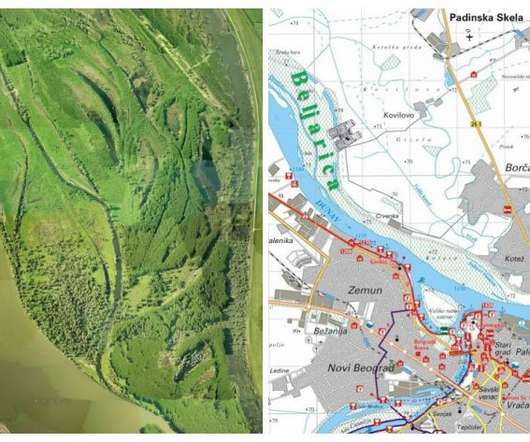Birds, Hunters, and Lead
10,000 Birds
NOVEMBER 5, 2012
There are few sights more wrenching to a wildlife rehabilitator than a convulsing, lead-poisoned bird. In what some might see as an unlikely alliance, wildlife rehabilitators, veterinarians, and – yes – hunters have banded together to convince those who hunt to use copper bullets instead of lead.



























Let's personalize your content